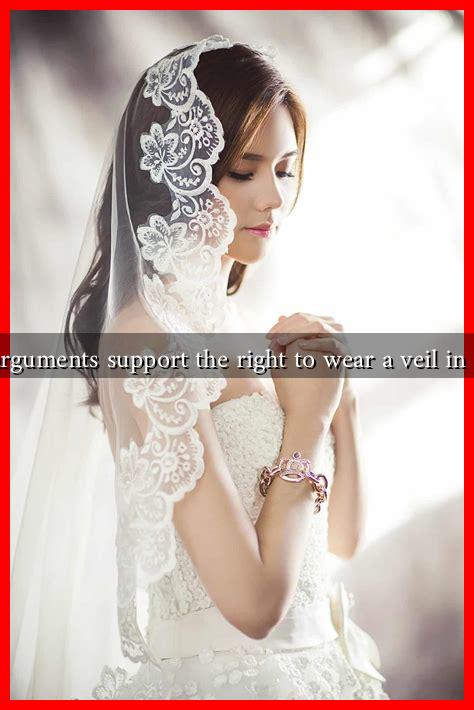-
Table of Contents
What Arguments Support the Right to Wear a Veil in Public?
The debate surrounding the right to wear a veil in public has gained significant attention in recent years, particularly in Western countries. This issue often intersects with discussions about religious freedom, cultural identity, and women’s rights. Advocates for the right to wear a veil present several compelling arguments that highlight the importance of personal choice, freedom of expression, and the need for inclusivity in diverse societies.
1. Religious Freedom and Personal Autonomy
One of the most prominent arguments in favor of the right to wear a veil is rooted in the principle of religious freedom. Many individuals wear veils as an expression of their faith, particularly within Islamic communities. The right to practice one’s religion freely is enshrined in various international human rights documents, including:
- The Universal Declaration of Human Rights (Article 18)
- The International Covenant on Civil and Political Rights (Article 18)
For many women, wearing a veil is a deeply personal choice that reflects their beliefs and values. Denying them this right can be seen as an infringement on their autonomy and an attempt to control their bodies and identities.
2. Cultural Identity and Diversity
Wearing a veil is not solely a religious practice; it is also a significant aspect of cultural identity for many individuals. In multicultural societies, it is essential to recognize and respect the diverse backgrounds of all citizens. The right to wear a veil can be viewed as a celebration of cultural diversity, allowing individuals to express their heritage and identity.
For instance, in countries like France, which has a significant Muslim population, the visibility of veils can foster dialogue and understanding among different cultural groups. By allowing individuals to wear veils, societies can promote inclusivity and acceptance, rather than division.
3. Gender Equality and Empowerment
Another argument supporting the right to wear a veil is its connection to gender equality and women’s empowerment. Contrary to the perception that veils are symbols of oppression, many women assert that wearing a veil is a choice that empowers them. This perspective is supported by various studies and testimonials from women who feel that wearing a veil allows them to assert their identity and autonomy.
- A 2017 study published in the journal *Gender and Society* found that many Muslim women view the veil as a form of empowerment rather than oppression.
- In interviews, women have expressed that wearing a veil allows them to be judged based on their character and intellect rather than their physical appearance.
By supporting the right to wear a veil, societies can promote a more nuanced understanding of women’s choices and experiences, rather than imposing a singular narrative of oppression.
4. Legal Precedents and Human Rights
Legal frameworks in various countries have recognized the right to wear a veil as part of broader human rights protections. For example, in 2018, the European Court of Human Rights ruled in favor of a woman who was fined for wearing a full-face veil in public, stating that such bans could infringe on individual freedoms. This ruling underscores the importance of protecting personal choices in a democratic society.
Moreover, countries like Canada have embraced policies that protect the rights of individuals to wear religious attire, including veils, in public spaces. This approach not only aligns with human rights principles but also fosters a more inclusive society.
Conclusion: Embracing Diversity and Freedom
The arguments supporting the right to wear a veil in public are multifaceted, encompassing religious freedom, cultural identity, gender equality, and legal protections. As societies become increasingly diverse, it is crucial to foster an environment that respects individual choices and promotes inclusivity. By recognizing and supporting the right to wear a veil, we can create a more harmonious society that values freedom of expression and celebrates cultural diversity.
Ultimately, the right to wear a veil is not just about clothing; it is about the fundamental principles of autonomy, respect, and understanding in a pluralistic world. As we navigate these complex issues, it is essential to engage in open dialogue and seek common ground, ensuring that all individuals can express their identities freely and without fear of discrimination.
For further reading on this topic, you can explore resources from organizations such as the Human Rights Watch and the Amnesty International.

